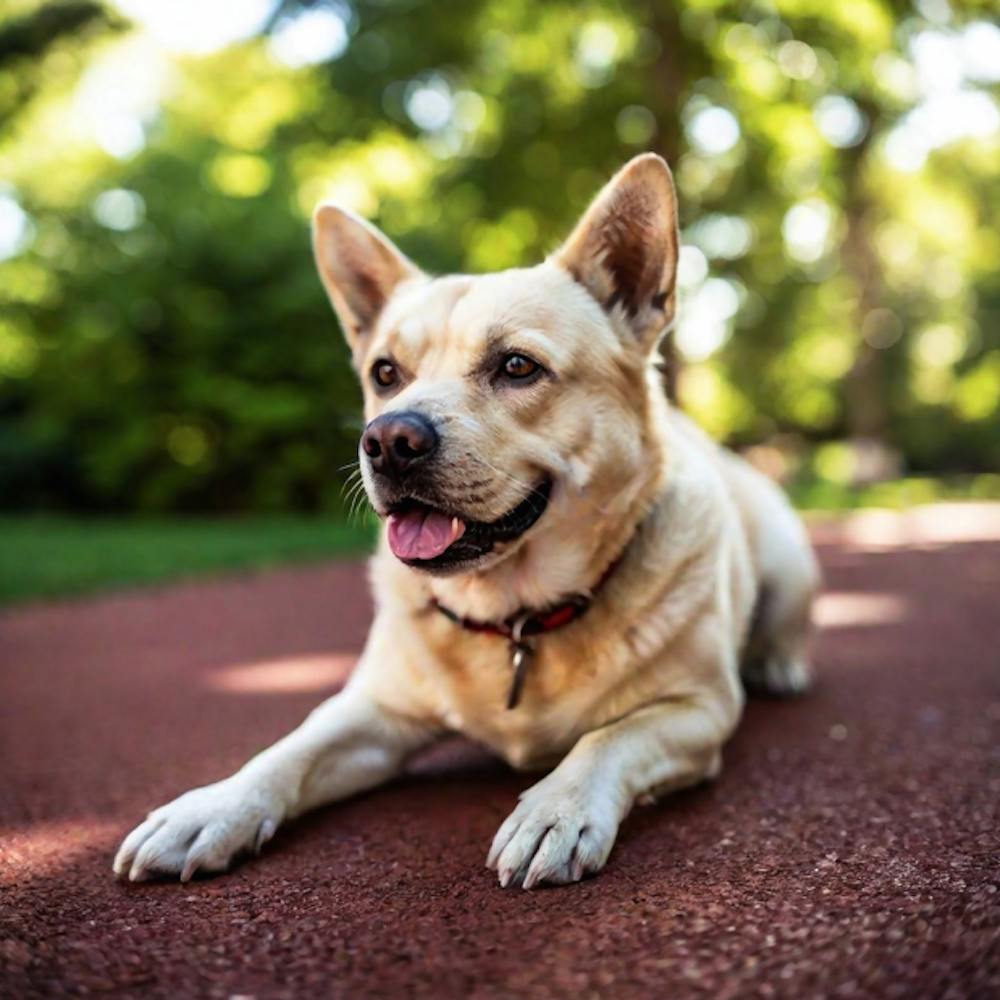You live in Indiana and have been considering getting a dog. But how much does it cost to feed and care for a dog in this state? The cost of keeping a dog as a pet in the state of Indiana depends on the size, breed and lifestyle of the animal, so we’ve come up with a breakdown of costs across some of the choices you will make as a dog owner.
Adopting a New Dog
The beginning of your adoption journey will give you a good idea of how expensive it can be to get a dog. The adoption fee itself can range between $50 and $400. That’s because adult dogs fetch lower adoption fees than puppies. Fees for puppies also usually include vaccinations and sometimes even spaying or neutering.
You’ll also want to invest in a few miscellaneous items like the following:
- Two dog bowls (around $15)
- A collar and lead (around $40 for both)
- A good brush (around $25)
- You may also want to look at other items like dental care kits, treats, etc., depending on your budget.
- If you don’t plan on being home for longer periods of time, it’s also a good idea to look at buying a crate where your dog can feel comfortable when alone.
Vet Bill Considerations
Before you even start looking at adopting a new dog, it’s a good idea to do a pet insurance comparison on various insurance companies. Most will display exactly what they cover and what they don’t so that you can determine (based on the breed of the dog you want) which plan is best for you and your new best friend. Deciding to forego pet insurance is an unwise decision because vet fees in Indiana can be steep if your dog visits multiple times.
Different Breeds and Their Expenses
There are over three hundred and fifty different dog breeds out there, and that’s not counting the multiple mixes of those breeds. Whether you’re opting for a thoroughbred dog or a mixed breed, remember that each breed has a significant personality and set of needs.
The Size of Your New Dog
Terrier breeds are generally medium-sized to small, but they have a lot of energy and require training. Larger dog breeds require more food, lots of exercise, and a fair amount of space. Small dogs may seem easier to care for and home, but they often require regular medical care and grooming. If you have a dog in mind, research that breed and determine the best way forward in all aspects of the dog’s future life.
A Healthy Canine Diet
We’d always recommend that you feed your dog with a vet-approved food brand. This not only gives them a shinier coat and healthy eyes but also helps to minimize pooping, maintain energy levels, and prevent ailments like bone problems and illnesses.
Training Costs
Every dog should undergo some training, and some more than others. Certain breeds like Staffordshires, fox terriers, and beagles tend to be more “free-spirited” and need to be taught what they want through obedience training.
But training is not just about obedience; it’s about socializing your dog with other dogs. Doing this within the first year of your dog’s life will make them social with other animals, making it easier to take them to public dog parks or to the vet.
Indiana’s Weather Considerations
Winter often fetches some snow in Indiana, which is why you may want to invest in a good jersey for your dog. Blankets and a comfy dog bed should also be added to your budget, and these can typically cost around $70 for both. Remember that during colder months, your dog will need to eat more often, so budget for higher food costs during winter.
Yearly Prevention of Ticks and Fleas
On the flip side, summer can get hot and humid in Indiana. This becomes a hotbed for ticks and fleas, which need to be kept in check once a year. You’ll need to visit your vet at least once annually to get tick and flea prevention that works to protect your dog. The best way to do this is to choose a different one each time you visit, as this prevents the pests and parasites from developing immunity to them.
Wrapping Up
Getting a new dog is an exciting time, and good on you for taking on a furry friend who needs a home. Avoid breeders and opt for a rescue center nearby. This is not only cheaper but also offers hope to dogs that have been abandoned or don’t have homes. Consider the costs of your adoption and write up a budget so that your new dog will have the best possible life while living with you.


